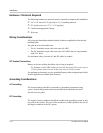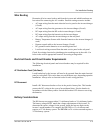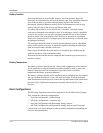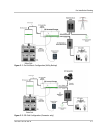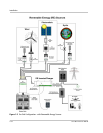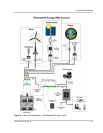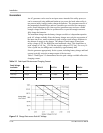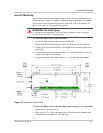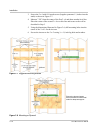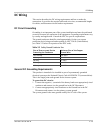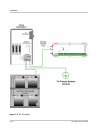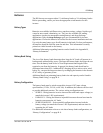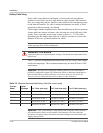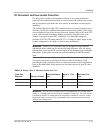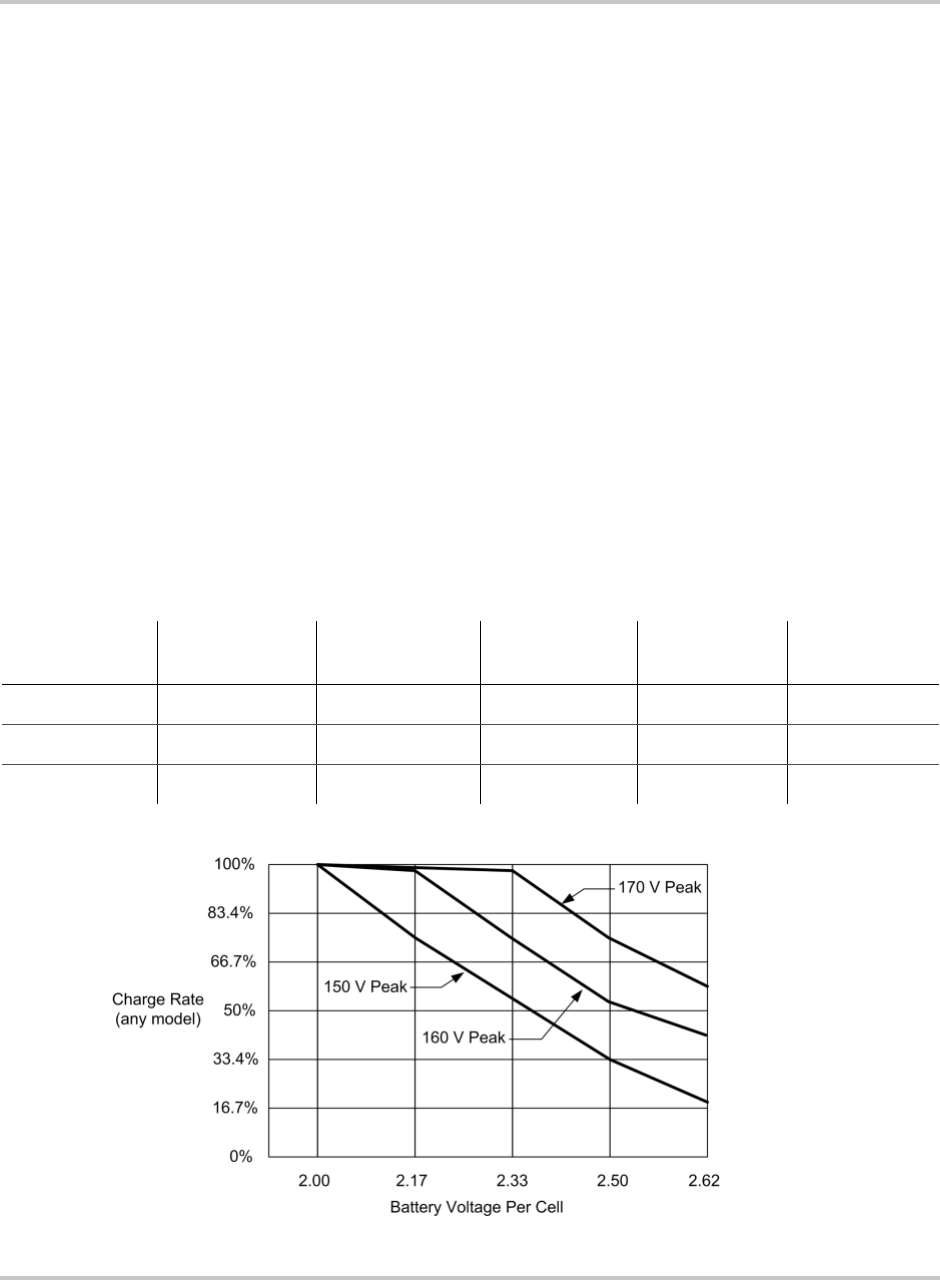
Installation
2–10 975-0012-01-02 Rev A
Generators
An AC generator can be used as an input source instead of the utility power, or
can be connected (using additional hardware) to power the loads when utility is
not present (utility outage), and to charge the batteries. The generator must be of
the permanently installed type and not a portable type unit used for emergency
power. Small emergency type (lower power) generators may not have a stable
enough voltage for the inverter to synchronize to or provide enough current to
fully charge the batteries.
The maximum charge rate the battery charger can deliver is dependant upon the
peak AC voltage available. Since the battery charger uses only the top portion of
the input sine wave, small variations in peak voltage result in large variations in
the amount of energy to the charger. The charger’s rated output is based on a
utility voltage of 120 Vac RMS (the usual measured value). This should have a
peak voltage of 169 Vac
p
p
(230 Vac has a peak voltage of 325 Vac). For every 10
volts of peak lost, the charge rate is reduced by approximately half.
Size the generator appropriately for the system, including battery charge and load
current (typically twice the wattage output of the inverter).
Table 2-1 and Figure 2-5 demonstrates how the peak voltage available affects the
charging current.
Table 2-1
Peak Input Filtrate versus Charging Current
Peak Voltage
Available DR1512 DR2412 DR1524 DR242 DR3624
170 Vac
p
70 amps 120 amps 35 amps 70 amps 70 amps
160 Vac
p
35 amps 60 amps 17.5 amps 35 amps 35 amps
145 Vac
p
15 amps 25 amps 7 amps 15 amps 15 amps
Figure 2-5
Charge Rate versus Peak AC Voltage





